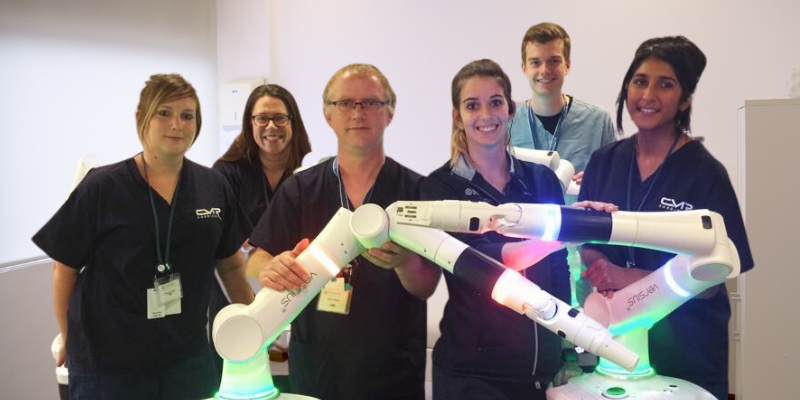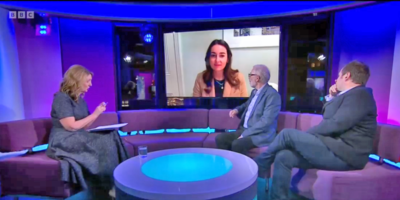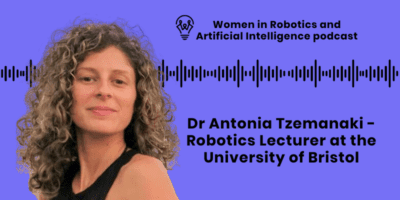Dr Uresha Patel is a clinical engineering lead at CMR Surgical, a global medical devices company that is based in Cambridge. The company is committed to working with surgeons, surgical teams and hospital partners, to provide an optimal tool to make robotic minimal-access surgery universally accessible and affordable. Uresha features in a new Engineers gallery at the Science Museum in London, opening on 23rd June 2023 to coincide with International Women in Engineering Day.
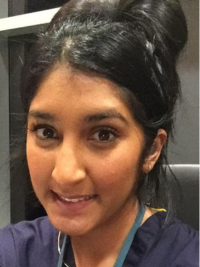
“I believe that diversity and innovation are closely linked to each other. Without diverse thinking are we really solving real world problems?”
Transforming the lives of patients through robotic surgery
I’m Uresha Patel, a clinical development engineering lead at CMR Surgical (CMR), the company behind Versius – a next-generation surgical robotic system.
I have a BMedSci (with honours) from the University of Birmingham, and an MSc in Biomaterials from the University of Manchester. I completed my PhD in materials engineering materials design at the University of Nottingham, where my research won multiple awards and was recognised as one of the top downloaded papers in the Journal of Tissue Engineering and Regenerative Medicine.
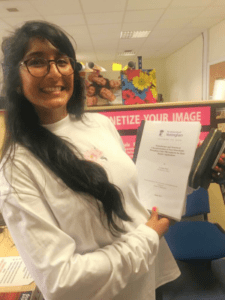
Following this I worked as a postdoctoral researcher in Nottingham University’s Faculty of Engineering, where I translated my research into developing a sustainable advanced material for water treatment in collaboration with Dryden Aqua.
At CMR, I lead a team of clinical development engineers who work to transform the lives of patients globally through robotic surgery. I am passionate about creating equity and diversifying the next generation in STEM careers.
Designing, developing and validating
My role at CMR Surgical involves working within our clinical team as a clinical development engineer. This has involved me leading the pre-clinical validation of the robotic system and its associated devices.
My role is to ultimately assess the safety and performance of devices by validating the final devices in a clinically representative environment. In addition, I have run pre-clinical studies around the world, working with key opinion leaders and our technology team to design, develop and validate devices and surgical procedures associated with Versius, our surgical robotic system.
Every day tends to be so different but I will try and explain what would happen on a theoretical ‘typical’ day, which starts with a ‘stand up’ with my team where we discuss projects we are working on and help each other through any blockers we may have. Then it may involve designing and developing a test protocol [a collection of test cases] for a prototype design. This would involve collaborating with the design engineers to ensure we have understood the changes and functions fully so that we can design and develop the most suitable test methodologies, and pick the most appropriate tissue samples and surgical procedures.
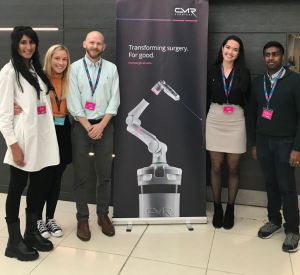
My day involves liaising with key opinion leaders (KOLs) to ensure we have the right surgeons for the right testing and that we have considered the safety and risks associated with a specific device/procedure. On other days we will be working on documentation to support regulatory submissions such as clinical impact assessments, clinical development plans hazards analysis etc.
During a typical day, we will be representing the clinical voice and clinical needs during the design and development cycle to make sure what we’re developing is fit for purpose.
Advances in robotics making new types of minimally invasive surgery possible
Surgical robots are important as minimal access surgery (MAS) – also known as keyhole surgery (or laparoscopic) surgery – has advantages over open surgery. Minimal access surgery is carried out by creating small incisions on the patient’s abdomen through which surgical instruments and surgical endoscopes can be used to operate on the patient without compromising the safety and efficacy of care as opposed to open surgery, whereby large incisions are created across the patient’s abdomen.
MAS has several advantages over open surgery including a reduction in infection, reduction in blood loss, shorter operating times and quicker post-operative recovery times. Collectively these benefits can improve clinical outcomes and reduce the length of hospital stay.
Although MAS has several advantages over the limitations of open surgery, it can be complex and difficult, and can take years for a surgeon to master. Examples of current limitations to MAS include the reliance on remote vision (using cameras), which gives the operating surgeon a loss of freedom. It also means highly skillful hand-eye coordination is required, as well as stability and dexterity, as movements with instruments are counterintuitive and restricted, and tend to have poor ergonomic outcomes leading to long-term pain, discomfort and debilitation for the surgeon.
Robotic surgery is a growing area, which has the added benefit of assisting surgeons to perform technically challenging MAS surgery, thereby allowing them to operate with greater control and stability of instruments, improved ergonomic comfort and visual feedback.
Surgical robots are not only important for the obvious reason that they help more patients have access to minimal access surgery, but also because through the development of Versius, it has created a fantastically collaborative and intellectually stimulating working environment.
There have been numerous learning opportunities (sometimes steep), which have not only stimulated me and my colleagues but also pushed us to boundaries that could only be dreamt of. The multiple collaborations both internally and externally have provided me with the opportunity to work with some of the most brilliant people around the globe.
The inextricable link between diversity and innovation in the evolution of robotics and robotic surgery
I believe that diversity and innovation are closely linked to each other. Without diverse thinking are we really solving real-world problems? By listening and incorporating thoughts, ideas and lived experiences from others different from our own, we are able to reflect a more representative patient population that robotic surgery aims to serve.
As a company, CMR is committed to building and maintaining a culture where diversity is universally embraced. To this end, CMR has made several commitments to diversity, inclusion and belonging to promote equality in the workplace and run active employee resource groups for gender, disability, ethnicity, social mobility, LGBTQIA+ and the environment.
In addition, CMR is proud to be the official medical device partner of ParalympicsGB, and actively strive to challenge perceptions around human ability in a bid to champion inclusivity. CMR is a Disability Confident scheme employer, and has supported local charities including HCR Hewitson’s Charitable Trust, Cambridge Past, Present & Future, and Rowan Cambridge.
Engineers gallery the Science Museum in London
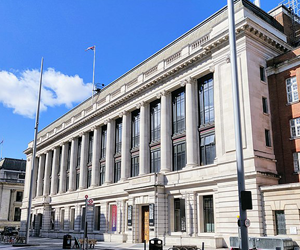
The Bodies section of the Engineers gallery at the Science Museum in London explores how medical technologies place people and their bodies at the heart of precision engineering practice.
Versius is one of the great medical innovations that has come out of the UK — as demonstrated by CMR being awarded a King’s Award for Innovation. I am honoured to have the opportunity to work alongside the wider CMR team with the Science Museum on this project.
Being a part of a prestigious exhibition is life-changing for me and it is beyond my wildest dreams to have the opportunity to represent an underrepresented population in STEM.
Coming up next
Shortly I will be having my first baby. This has pushed my desire to help drive positive change and equity for the following generations even more so.

